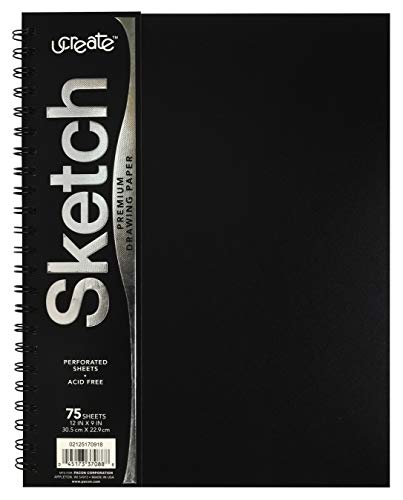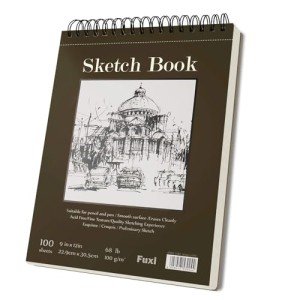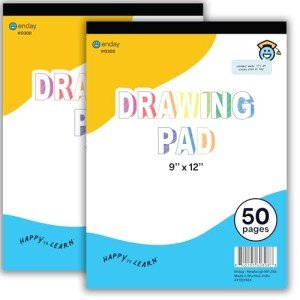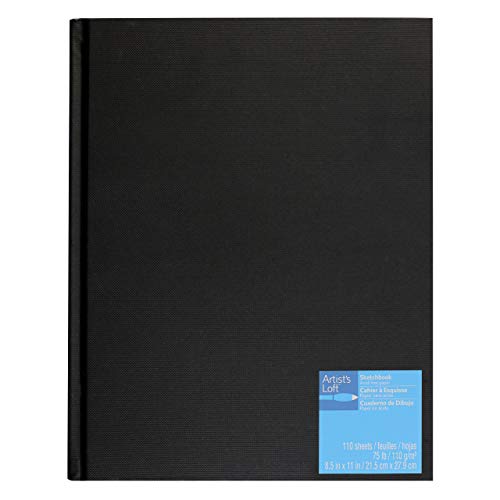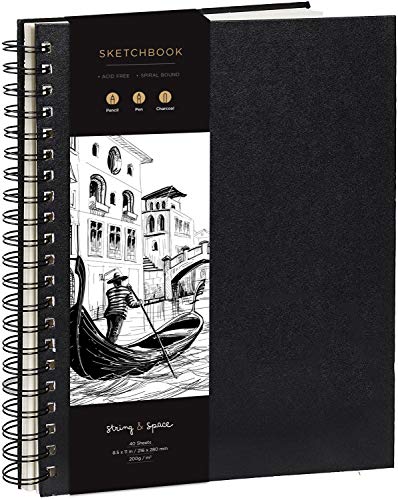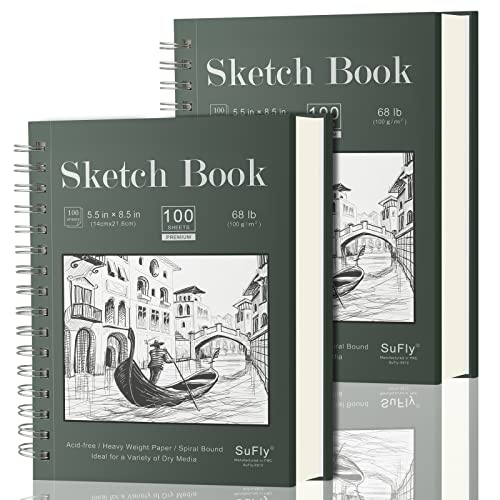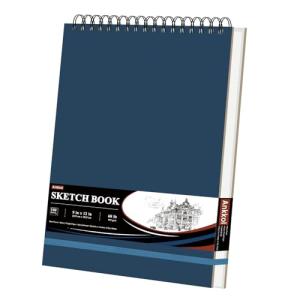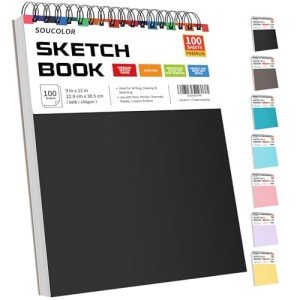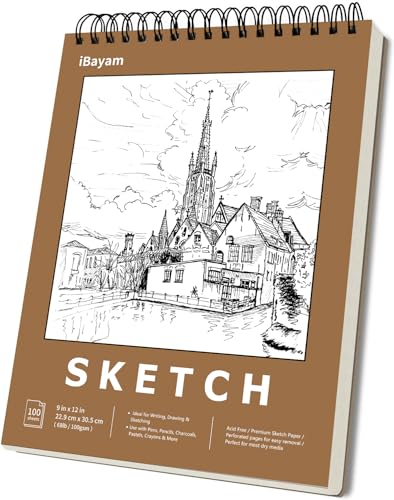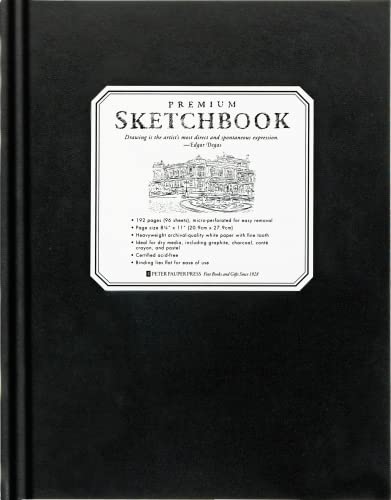Sketchbooks are the cherished companions of artists, a place where ideas are born, creativity flows freely, and the journey of artistic expression begins. These unassuming books play a pivotal role in an artist's life, serving as repositories of inspiration, experimentation, and artistic growth. In this article, we will explore the world of sketchbooks for art, from their historical significance to the various types available, and the essential role they play in the artistic process.
A Glimpse into History
The concept of sketching in books dates back centuries, with historical examples found in the works of artists like Leonardo da Vinci and Michelangelo. These great masters used sketchbooks to record observations, ideas, and preparatory sketches for their monumental artworks. Over time, sketchbooks have evolved to become not just tools for recording, but also creative spaces where artists develop their skills and explore new artistic horizons.
Types of Sketchbooks
Sketchbooks come in various types, catering to the diverse needs and preferences of artists:
Blank Sketchbooks: Blank sketchbooks feature plain pages, providing complete creative freedom for artists to draw, paint, or write as they please. They are versatile and suitable for various media.
Spiral-Bound Sketchbooks: Spiral-bound sketchbooks have pages bound with a spiral wire, allowing them to lie flat and providing ease of use, making them popular among artists.
Hardcover Sketchbooks: Hardcover sketchbooks offer durability and protection for artwork. They often come with thicker, heavier paper, ideal for watercolors and ink.
Softcover Sketchbooks: Softcover sketchbooks are lightweight and portable, making them convenient for artists on the go. They are often used for quick sketches and studies.
Multimedia Sketchbooks: Multimedia sketchbooks are designed to handle a variety of media, including pencils, markers, pastels, and even light washes of paint. They have paper that can withstand various techniques.
Themed Sketchbooks: Themed sketchbooks may have pre-printed designs or prompts to inspire artists. They offer a structured approach to creativity and encourage artists to explore specific themes or subjects.
Essential in the Artistic Process
Sketchbooks play an essential role in the artistic process, serving multiple functions:
Idea Generation: Sketchbooks are fertile grounds for brainstorming, idea generation, and conceptualization. Artists use them to jot down thoughts, visual references, and initial sketches for future projects.
Skill Development: Sketchbooks serve as a platform for artists to practice and refine their skills. Artists can experiment with different techniques, compositions, and styles without the pressure of creating a finished artwork.
Recording Observations: Sketchbooks are excellent tools for capturing observations from life, such as landscapes, people, or objects. Artists use them to hone their observational skills and document the world around them.
Exploration of Style: Artists use sketchbooks to explore and develop their unique artistic style. These books are where experimentation with line, color, and form takes place.
Portfolio Development: Many artists consider their sketchbooks to be a part of their portfolio. They showcase not only finished artworks but also the creative process, providing insight into the artist's journey.
Personal Expression: Sketchbooks offer a private space for personal expression and introspection. Artists can use them to explore emotions, memories, and the depths of their creativity.
Sketchbooks for art are not just blank pages bound together; they are gateways to imagination, creativity, and self-expression. Whether they are filled with meticulously detailed drawings, loose and spontaneous sketches, or a mix of both, sketchbooks are personal canvases where artists document their artistic journeys and cultivate their talents.
As artists open their sketchbooks, they embark on a voyage of self-discovery, inspiration, and growth. Each page represents a step forward in the artistic process, an opportunity to experiment, learn, and create. Sketchbooks capture the essence of an artist's voice, offering a glimpse into their thoughts, experiences, and unique perspective on the world. In the realm of art, sketchbooks are not just tools; they are the silent witnesses to the evolution of creativity and the limitless possibilities of artistic expression.

